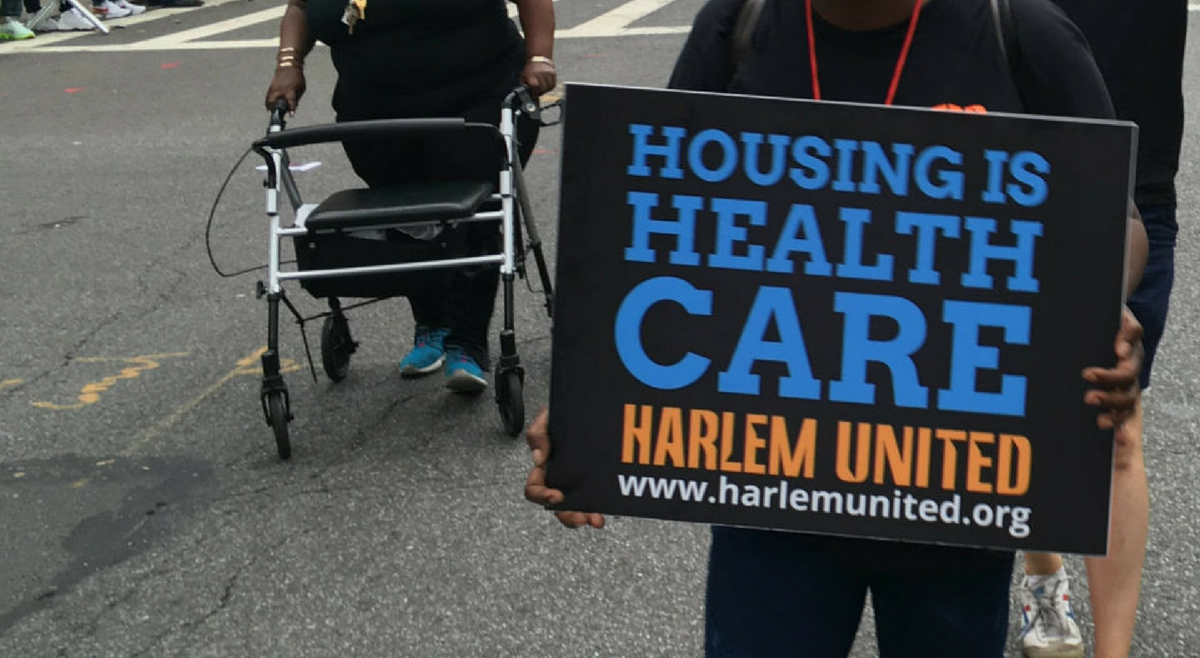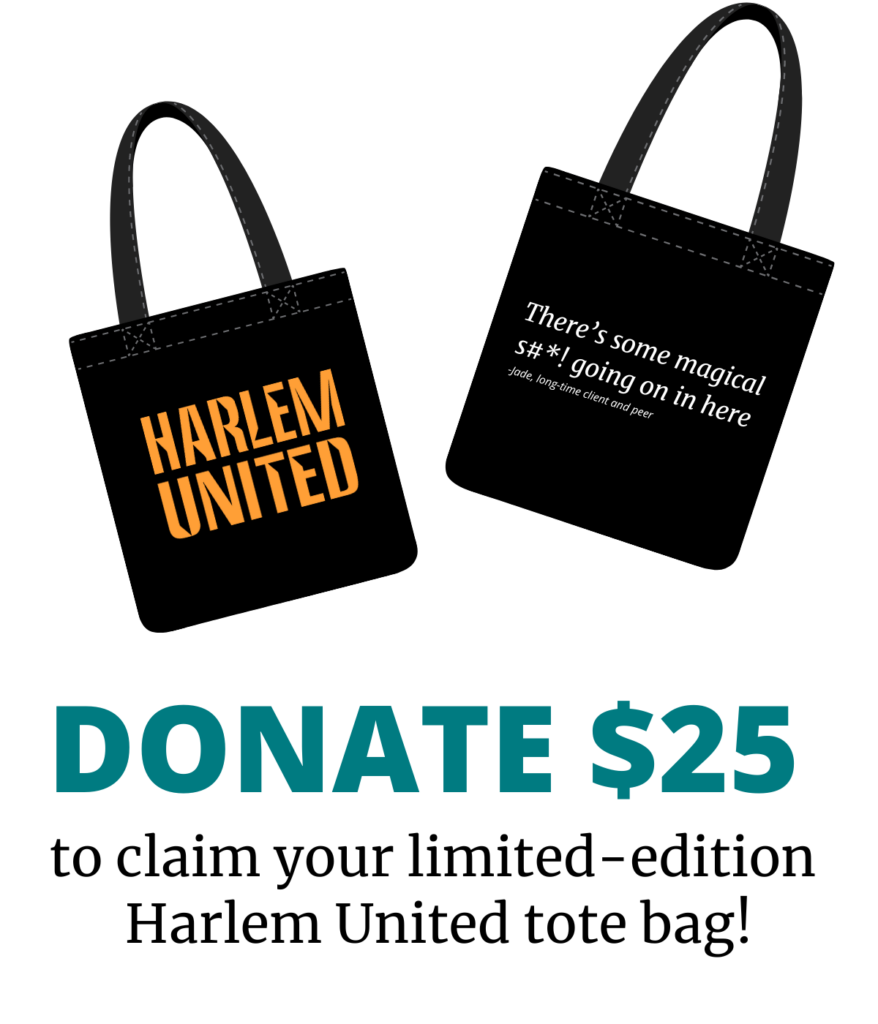On February 17, I testified at a public hearing in Albany on the importance of supportive housing. We won’t be able to end the homeless crisis facing New York State, particularly for people living with chronic conditions like HIV and AIDS and mental health and addiction issues, without it. Harlem United is a nationally recognized leader in proving that supportive housing is the permanent solution for homelessness and other housing instability.
Throughout New York State, there are over 75,000 men, women and children staying in shelters at any given time, and an estimated 11,000 more are unsheltered or in transitional housing/Safe Haven programs. In New York City, the homeless crisis has reached the highest levels since the Great Depression. At the end of December 2016, 62,674 people in NYC were sleeping in homeless shelters each night, including over 24,000 children. These numbers don’t take into account the thousands of people sleeping on the streets or in abandoned buildings and makeshift campsites, as well as those who are engaged in sex work simply to have a place to sleep.
Homelessness is a crisis of epic proportions. Unless we take bold and decisive action now, the numbers will continue to increase as people exit foster care, prisons, hospitals, and other institutions each year without a home. Ending this crisis will require significant investments in the most cost-effective strategy proven to be the only lasting way to actually END homelessness. And that strategy is supportive housing.
Supportive housing is a relatively low-cost intervention of affordable housing combined with patient-centered care. It links high-need individuals and families with physical health, behavioral health, and other support services, including medication adherence critical for those with physical and mental illnesses. It improves housing stability, employment, mental and physical health, and school attendance, and it also reduces active substance use.
Supportive housing not only breaks the cycle of homelessness and institutional care for our most vulnerable citizens, it also pays for itself in reduced costs for shelters, hospitals, and psychiatric care. A 2013 study by the New York City Department of Health and Mental Hygiene evaluating the NY/NY III Supportive Housing Program showed that clients in the program used public benefits, Medicaid, psychiatric institutions, jails, and shelters less than clients who were not placed in supportive housing, with an average net savings of $10,100 per year per unit. With 9,000 units targeted for the NY/NY III program, this is significant savings.
Beginning with the successes of our first 60 units of HIV supportive housing in 1991, Harlem United knows firsthand that supportive housing can reduce the number and length of hospital stays, the number of emergency room visits and the number of psychiatric hospitalizations. Our supportive housing programs allow us to not only reach HIV-positive individuals with routine testing, but also to link them to and retain them in care to achieve suppressed viral load. Viral suppression is critical to the health of those who are HIV positive, and it drastically reduces the risk of transmission to others.
Year after year, we have seen great success for the clients in our NY/NY III program. In 2016, more than 95% of our clients in NY/NY III were linked to care and 79% were virally suppressed. As we continue to work to implement the Governor’s plan to end the AIDS epidemic by 2020, stable, supportive housing is a critical component to reaching our goal.
In the spring of 2016, Harlem United partnered with the NYC Human Resources Administration and the Department of Homeless Services to begin providing permanent, congregate housing and supportive services to homeless veterans. The majority of these men and women are living with chronic mental health conditions or addiction issues, in addition to chronic medical conditions. Over the past year, we’ve learned that the veterans need more intensive services, including comprehensive psychosocial and mental health care, in order to make their transition from the streets and homeless shelters to stable, permanent housing successful.
I’ll conclude with a few more staggering statistics. Of the total number of homeless in New York State:
- Over 13,000 are mentally ill;
- 9,600 suffer from chronic substance abuse;
- 3,297 are living with HIV or AIDS;
- 4,272 are victims of domestic violence;
- and 1,248 are veterans.
It is our responsibility to address these issues, and we have the ability and the tools to do it. We need funding for more affordable housing and the right treatment and supports for our citizens. We urge legislators to continue to invest in, and elevate, supportive housing as a means to these ambitious—but reachable—goals.

